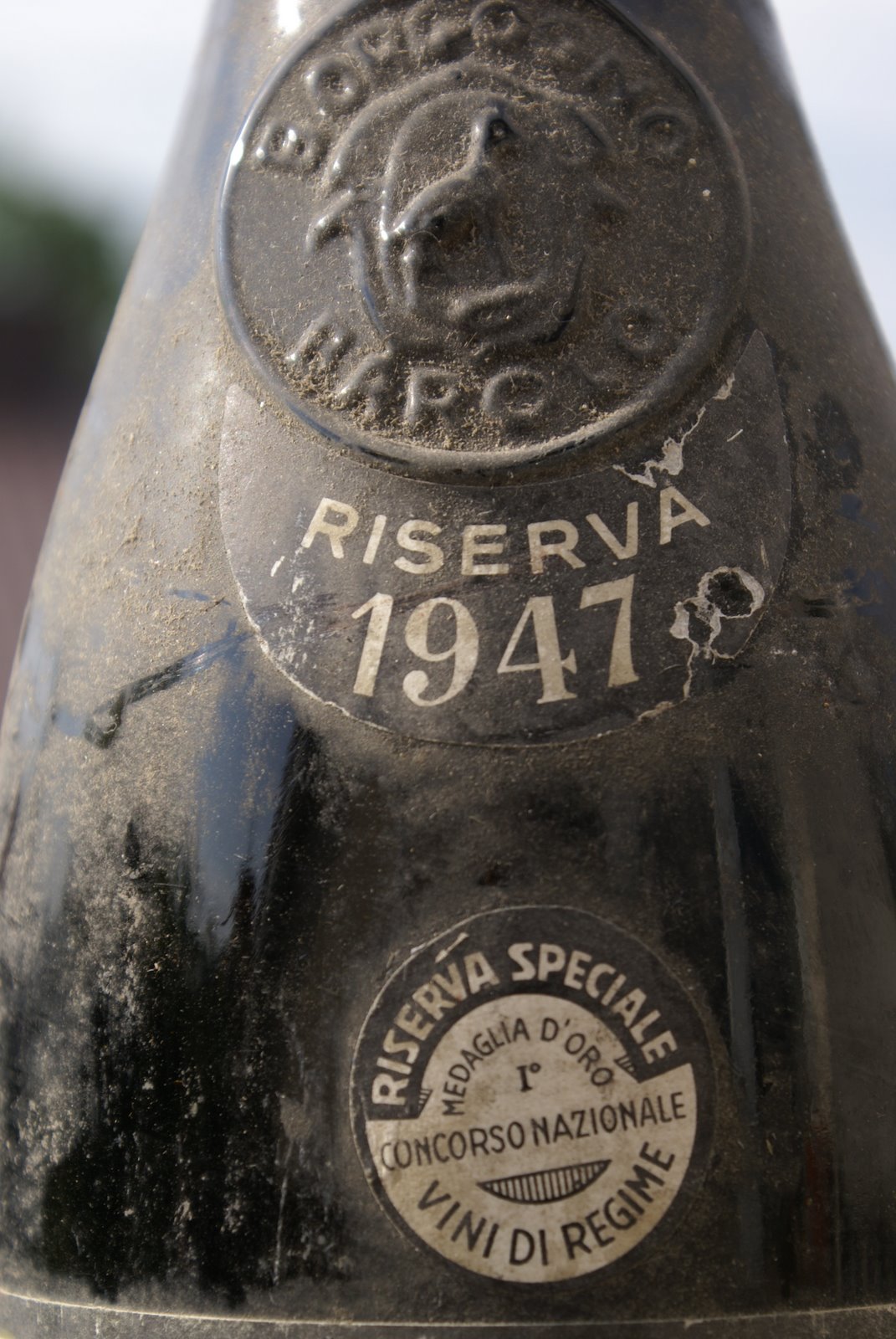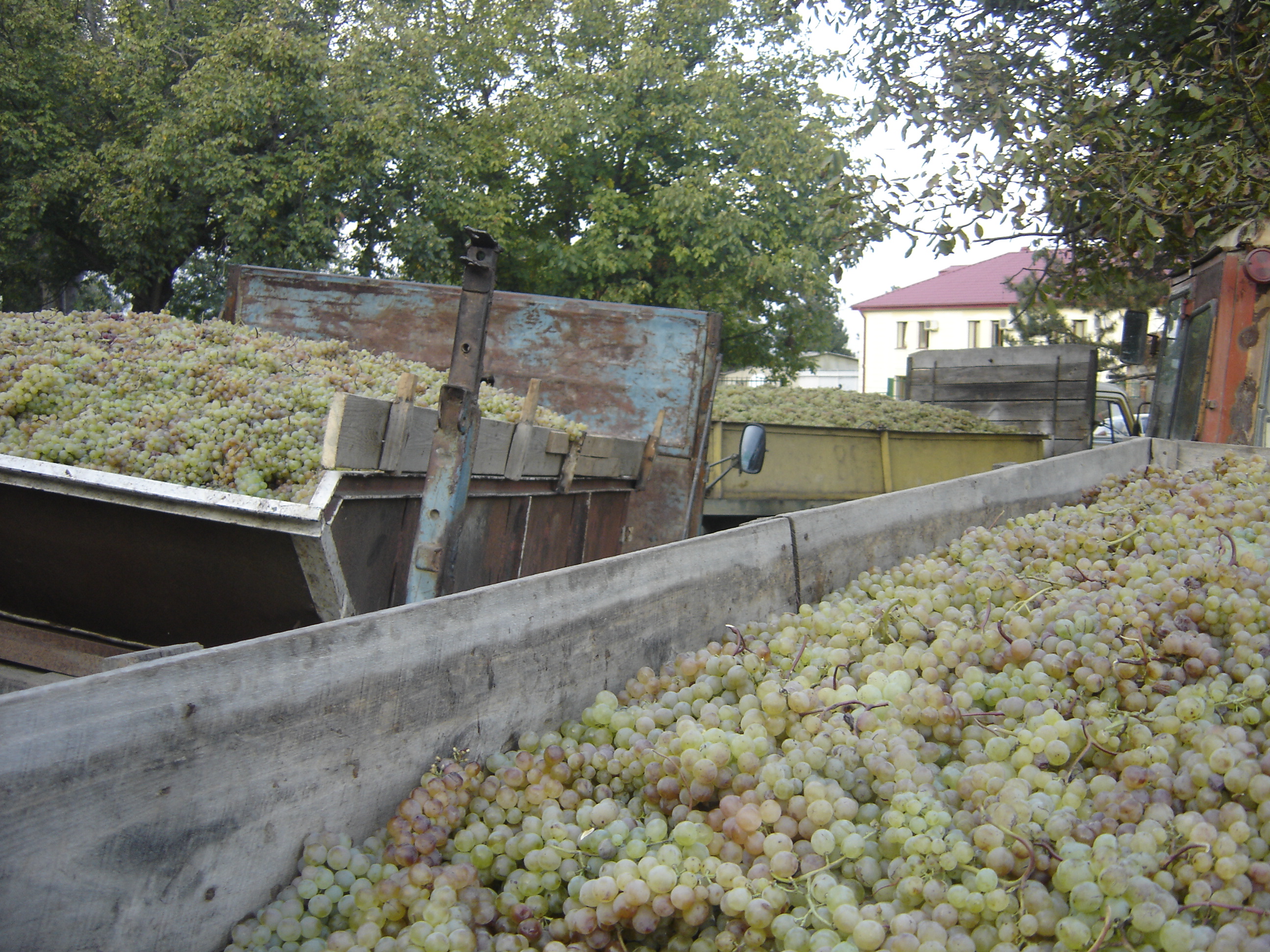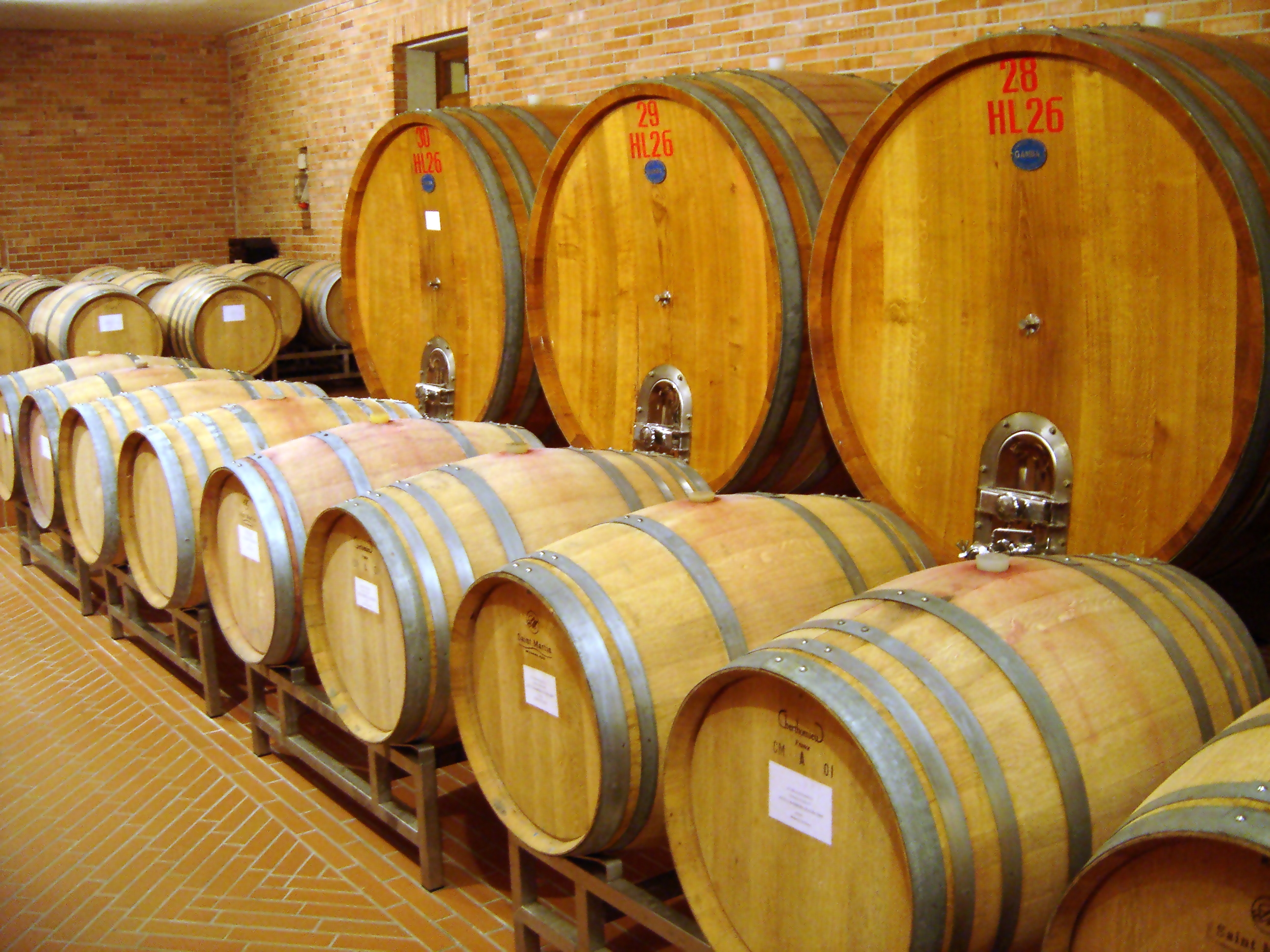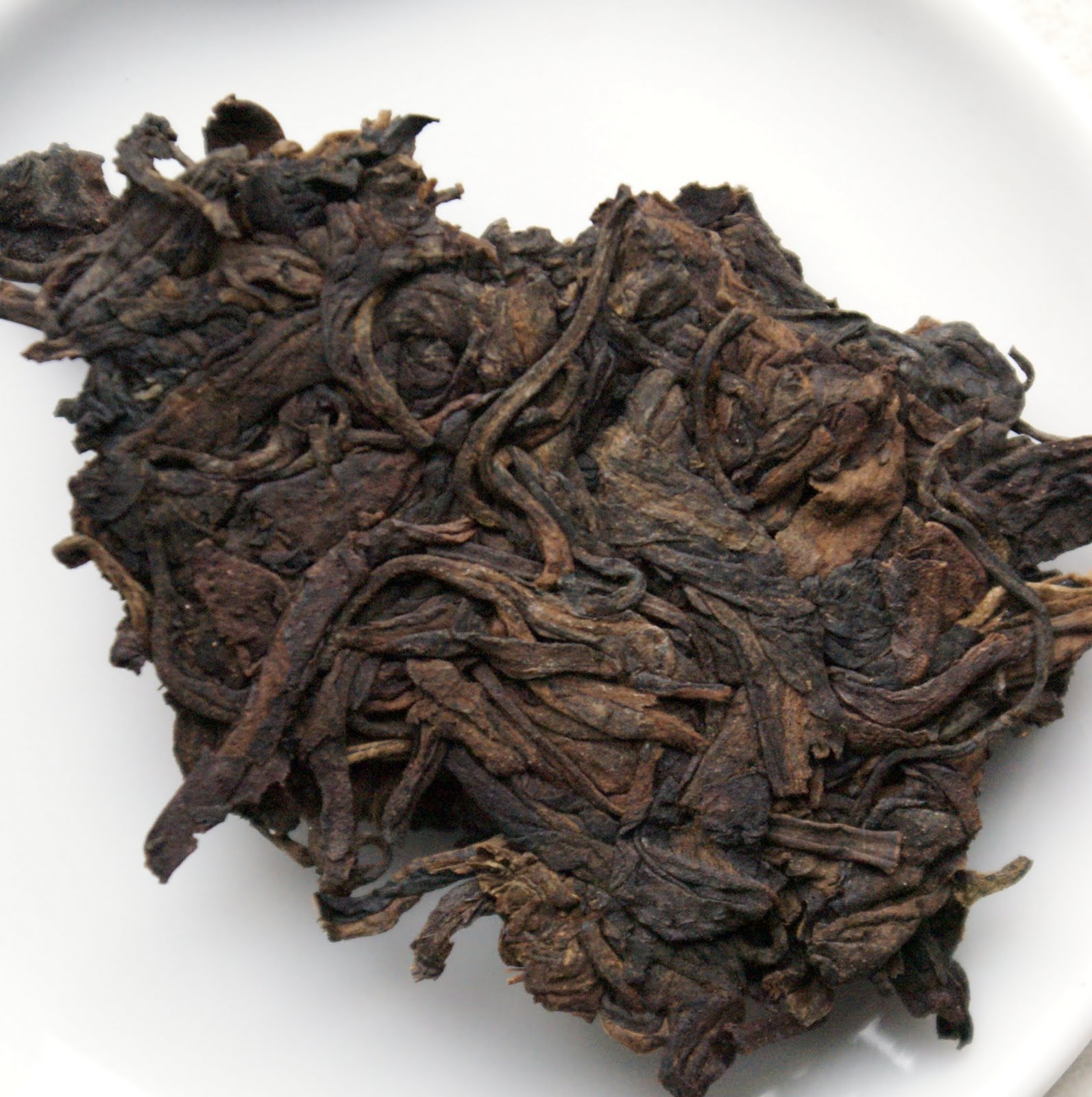Wine and tea (2)
Posted on 31 July 2011
Wine and tea: apparently two different products that have nothing in common (other than being produced from plants). In reality, many deep similarities exist between the two. In Part 1 of this pioneering article, I discussed affinities on the level of vine and tea cultivation. But perhaps more importantly, wine and tea perform a very similar function in culture and society, and analogies can be observed even in the way the two are manufactured.
4. Production process. Apparently this couldn’t be more different. Grapes are pressed to make juice, which is then fermented, stabilised and bottled. Tea is dehydrated, and depending on the type of tea, undergoes a number of processes such as oxidation, shaping, and sometimes fermentation. The one big similarity is that wine and tea making is essentially aiming at harnessing a natural process. Grape juice will ferment by itself without the help of the vintner, though it won’t be stable and could easily spoil. Picked tea leaves will wither and dry on their own, although enzymatic spoilage will make the final product uninteresting. Human effort is necessary to preserve the original flavour of the grapes or leaves. Quality is only dependent on that initial natural flavour; it cannot be enhanced by man, although a lot can be done to keep most of it intact.
In both wine and tea production, timing is essential. Grapes and leaves should be processed as early as possible after picking. Low-quality grapes will be ammassed in a truck, while the best wines are made by carefully selecting berry by berry and transporting the fruit in small boxes. The best wines are made from hand-picked grapes, just as the best teas. The best teas are also fully hand-processed: the difference between a hand- and machine-rolled Japanese sencha or black Darjeeling is vast. The less you move your wine around by machine, the better, and there are even exponents of hand bottling. Some very good wines are made by foot-treading the grapes instead of pressing in a machine.

Hand-kneading gives the best tea in the world. © Pref.nara.jp.
The skill of a qualified worker is very important. The decision of when exactly finish the fermentation or rack a wine is as crucial as that of when to start or stop hand-firing a tea. That can only be learned by experience, because wine and tea, unlike Coke or Bacardi, is a living, artisanal product where top quality also depends on instinct.
5. Oak vs. roast. One very interesting similarity exists between ageing a wine in oak and roasting a tea. These techniques – which are applied to a minority of either wine or tea – are a strong intervention of the producer; they crucially alter the flavour of the product. Wine is aged in oak to benefit from the contact with air; by slowly and slightly oxidising its chemistry is altered; the taste will become richer but less aggressive (the composition of acids is changed); tannins absorbed from the oak act as a preservative. This also makes the wine more ageworthy. But there is a price to pay: primary fruit flavours are lost as is freshness; meanwhile, secondary flavours develops such as butter, cream, milk, chocolate, coffee, honey.
Chocolate, coffee and honey are exactly the flavours you’ll find in a roasted tea, whether it’s a Chinese oolong from the Wuyi area or a Taiwanese gaoshan or baozhong. The roast of the latter can range from light to heavy, just as the roast of wine barrels can be coded from LT to HT. Caramelisation also occurs in tea leaves; the higher the roast, the more tannic the tea will become, similarly to wine (newer oak means more oak tannins). The decrease of ‘primary flavours’ also occurs in tea: a baozhong will lose its exuberant flowery perfume; a Baijiguan, from the same family as a Shuixian but less roasted, will have more fruit character (apples, peaches) than the latter (honey, chocolate).
Roasting tea is also a way of prolonging its life. An untoasted high-mountain oolong from Taiwan will live two or three years, though its primary flavour will be at its best in the first year. Similarly, an unoaked medium-bodied Merlot or Chardonnay from the New World will be at its best in the first year, and survive three. By putting the same wine into oak, you gain at least a year or two of shelf life (and sometimes much longer, if the wine has enough stuffing). The same Taiwanese oolong with a well-handled medium roast will easily keep and develop for five or six years, and there are examples of 20-year-old teas that are stunningly good. Oaked wine, just as roasted tea, will need time to settle, and should be held for at least a few months.

Bamboo baskets and charcoal: traditional tea roasting in Taiwan. © Teamasters.blogspot.com.
It’s an unexpected analogy but through the mediation of another plant, the oak tree (that is used to produce barrels), wine and tea become very close relatives.
6. Ageing. I’ve just addressed the ageing aspect of roasted tea and oaked wine, but the similarity doesn’t end there. Although 95% of the world’s wine and tea is meant to be consumed within a year, either product can also age for decades. Wine ages in the bottle, with very limited air access; tea can age in an airtight container. Red wine ages better than white; black tea ages better than green. But a well-made green tea can live two or three years, similarly to a light white wine. Black tea, on the other hand, will keep for 4 or 5 years if properly stored, just like red wine. Occasionally you can buy aged black tea such as this, kept in a sealed tin; it’s an excellent performance that I’d compare to ageing a Beaujolais or red Burgundy for a decade. It’s possible, and often is very interesting.

Very few wines can age that long but when they do, they become legends.
The long agers among teas are oolong teas, because of their production process (often involving roast) but also the tea tree cultivars and habitats where they’re coming from. That’s also fairly similar to red wine: a Barolo or a Cahors will age tremendously well because their grape varieties are naturally rich in tannins and acids, and because the long ageing of Barolo in large oak barrels enhances its ageing potential. Mountain wines age better than sea-level wines because they are richer in polyphenols; I think high-mountain tea such as gaoshan oolong from Taiwan is ageworthy for similar reasons. (Although Darjeeling black tea, grown over 1,000 meters, is meant for relatively early drinking).
Then there is the special case of puer tea. This type of tea undergoes a microbial and fungal ‘fermentation’ that makes it virtually indestructible. You can keep a cake of pressed puer tea for 10, 20 or 30 years in the open, without having to protect it from air, and it will only improve. That’s fairly similar to odd wines such as dry sherry, port or madeira which are aged for decades in oak barrels. Contact with air doesn’t spoil them, on the contrary, it contributes to developing their bouquet and flavour. When very aged, these wines can develop a savoury, earthy, umami-like edge that’s not unlike certain flavours in old puer tea – another unexpected affinity.
Visit my blog soon for Part 3: wine and tea, sister cultures.




